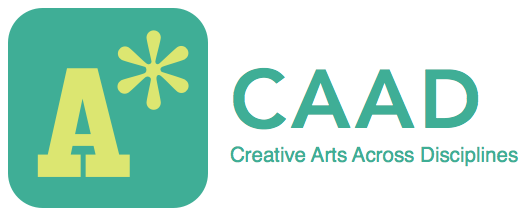Courtney Starrett and Susan Reiser are CAAD’s two artists in residence for the summer 2017 season. They are working together on a collaborative installation involving light structures, drawing inspiration from different buildings on Vassar’s campus.
Starrett and Reiser have worked together before on interdisciplinary art projects. They met at a series of creative computing workshops, and began to work together remotely. Starrett is an assistant professor of visual and digital art at Seton Hall University in New Jersey. Reiser is a professor in the computer science and new media departments at UNC Ashville. Their first full-fledged project, called “Clever on Sunday,” was up in 2016 at the Dorskey museum in New Paltz. This project involved data visualization in the form of doily patterns that could be scanned like QR codes in order to provide the viewer with a link to data about women in STEM, gender roles, technology, and consumerism. Starrett and Reiser have been involved on Vassar’s campus before, with their project “Layered Chiffon,” which can be seen outlined in this past blog post.
Starrett’s most recent project, “Debt Tea,” will be displayed at the Museum of the City of New York, in late June 2017.
In their work together, they hope to create things that can’t be made any other way than with their different but intertwined disciplines. Many projects that involve an art person working together with a computer science person may have their separate tasks to be completed by one member of the partnership, but Reiser and Starrett work together on all aspects of their projects. For them, the most exciting and creative ideas happen in multi-disciplinary work. It gets people out of their comfort zone and into new domains where they have to learn through collaborations, and learn the similarities and differences in ways people process creative thoughts.


